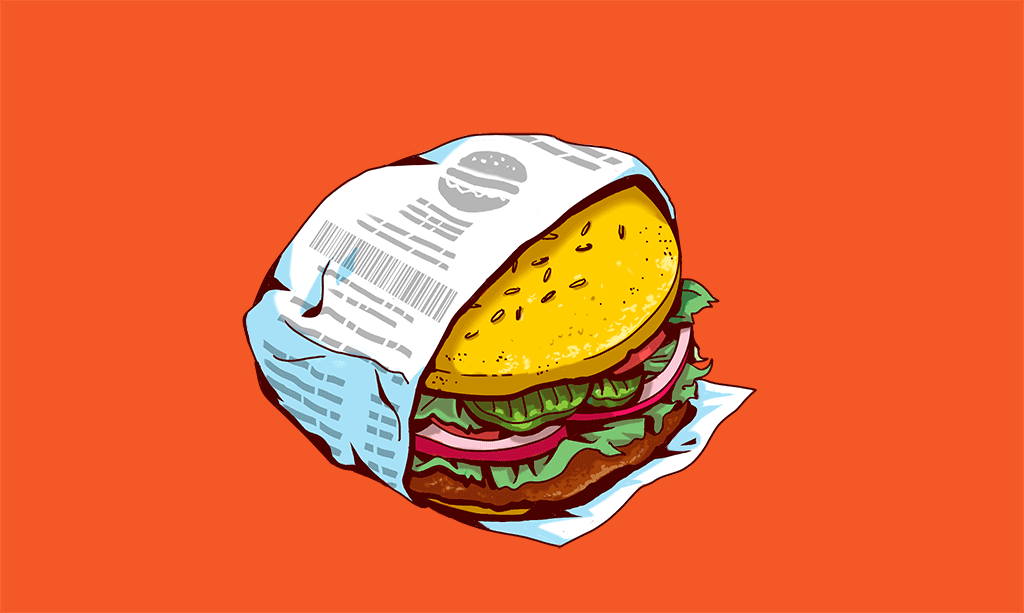
Uber Eats gets a little cheaper and a little more expensive
When you order food with Uber Eats, you pay for a few different line items.
First, there’s the cost of the pizza, sushi, ice cream or whatever it is you’re ordering. Then there’s the $4.99 delivery, aka booking, fee. Finally, you might have to pay for surge pricing if it’s a busy time. Add those costs up and it’s possible to pay upwards of $20 for something like a burrito.
Some of that cost breakdown is changing as of Wednesday. Over the past year, Uber has been working on a price tool that’ll vary the booking fee primarily based on a customer’s distance from a restaurant. The closer you are, the cheaper it’ll be, and the further you are, the more expensive it gets. The range varies per city but is usually somewhere between $2 and $8.
The company’s goal is to make food delivery ‘an everyday thing’ in people’s lives, Ben Dreier, product manager for Uber Eats, said in an interview.
‘We’ve been talking to eaters to better understand what are the barriers,’ Dreier said. ‘What became obvious was that we needed to change something about our core fee feature.’

Uber Eats is the food delivery branch of Uber. While Uber was originally founded in 2009 as an upscale black car service, it’s evolved and grown over the years. It’s now mostly known as a ride-hailing company that lets passengers connect with drivers through a smartphone app. But it’s also working on many other projects, including self-driving cars, bike rentals and food delivery.
Uber first launched its food delivery service in Los Angeles in 2014 under the moniker UberFresh. But with the original iteration of the app, which offered prepackaged meals, customers didn’t have many menu options. So, eventually it morphed into Uber Eats with an official launch in Toronto, Canada, in December 2015. The idea was to give customers access to restaurants’ entire menus.
‘If you can make food delivery work in a dense winter city, you can pretty much work anywhere,’ Dreier said.
By the end of 2016, Uber Eats was in 56 cities worldwide. Today it’s in more than 293 cities in 35 countries. Uber Eats is even in some cities in Canada, France, Mexico, Japan and India, which don’t have the ride-hailing service.
Uber Eats partners with restaurants to let them decide what menu items to sell on the app. The company then charges restaurants a service fee that’s calculated as a percentage of their sales on the platform. Uber now has more than 100,000 restaurant partnerships, which include everything from upscale eateries to McDonald’s.
On-demand food is a competitive space. Besides Uber Eats, people have several apps to choose from. There’s Caviar, Grubhub, Seamless, DoorDash and Postmates. There’s also the old-fashioned choice of simply calling a restaurant and ordering food, though not all restaurants deliver.
All these apps have different pricing models. With Uber Eats, people are allowed to order as much or as little as they like and they’ll still be charged the same delivery fee. Until now, it’s been a flat fee of $4.99 (for most cities), no matter the restaurant or its distance.
‘It’s really important to us that these fees are transparent,’ said Annie Fogel, product operations manager for Uber Eats.
So Uber decided on varying fees based on distance. When customers open the app, they’ll see how much delivery costs from a certain restaurant. If it’s close, the fee will likely appear in the $2 to $3 range; or if it’s farther away, it’ll probably be in the $6 to $8 range. All cities will have options that are under $5, Uber said.
With the variable booking fee, the Uber Eats app will also come with a new filter, so people can select restaurants only within a certain delivery price range.
‘The idea is you see it up front before you click into the menu,’ Fogel said.
Uber Eats has been testing the pricing tool in several cities across the US over the past few months. Fogel said 52 percent of those orders had booking fees that were cheaper than $4.99. On Wednesday, the new pricing system will roll out to all US cities.
